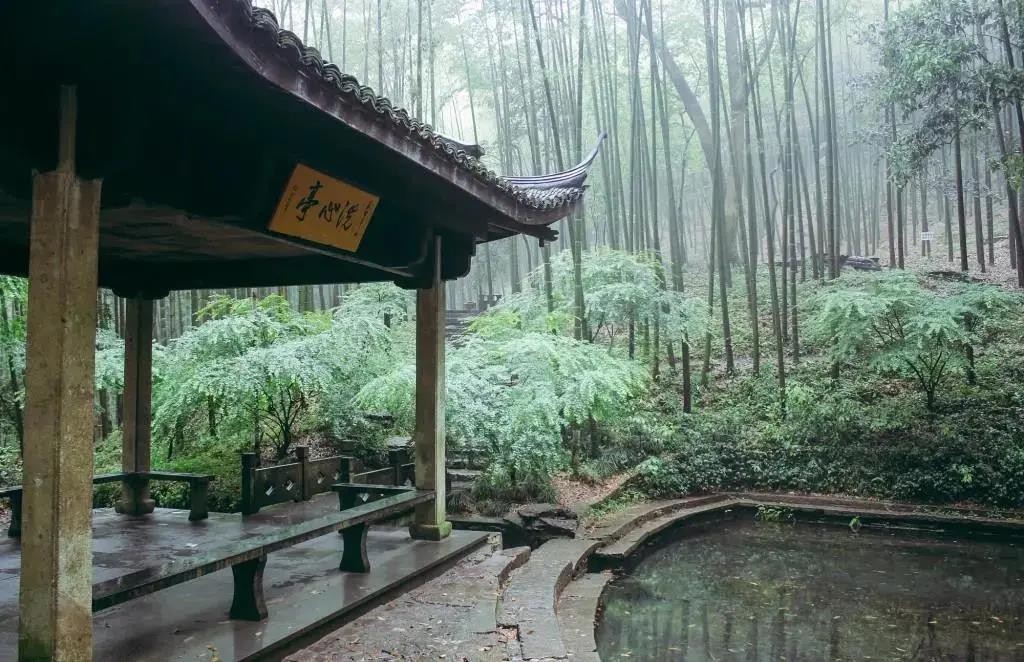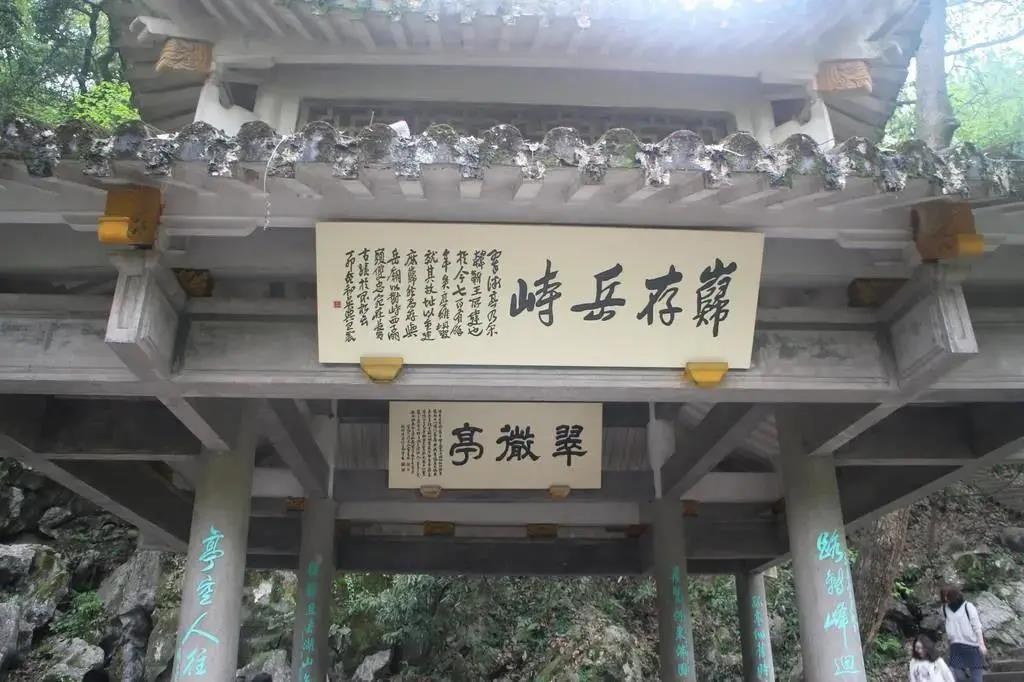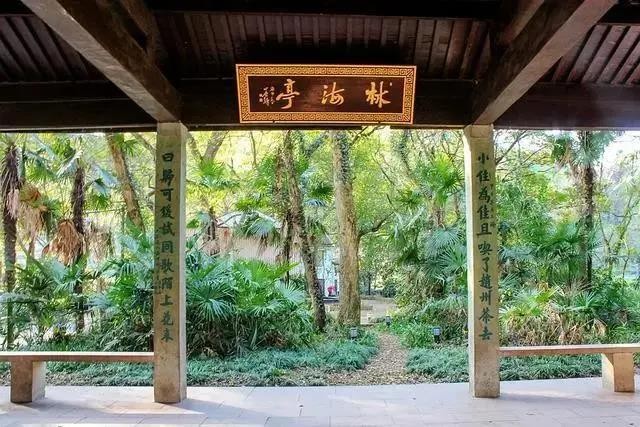Living in Hangzhou
The Charming Ancient Pavilions in Hangzhou
Ancient Pavilions of Hangzhou: Timeless Charms of Jiangnan's Garden Architecture
Ancient Jiangnan pavilions—with roofs but no walls—once sheltered travelers by the road. Today, they are living cultural symbols of Hangzhou, each carrying unique legends, historical memories, and warm stories that weave the city's elegant classical charm.

Jixian Pavilion 集贤亭
Known as "the first pavilion of West Lake," Jixian Pavilion stands in the lake's center, its silhouette echoing Baochu Pagoda across the water. It was part of the Qing Dynasty's "18 Famous Scenes of West Lake" under the title "Horseback Archery at Tingwan." The pavilion shines in every season: spring brings willow catkins brushing its eaves, while winter wraps it in silver snow—each view more breathtaking than the last.

Mudan Pavilion 牡丹亭
With a long history, Mudan Pavilion sits at the heart of West Lake's "Viewing Fish at Flower Harbor" scenic spot. Perched at the Peony Garden's highest point, it offers the best view of over 20 peony varieties. Every April to May, when peonies burst into bloom—from deep crimson to soft pink—visitors gather here to soak in the floral fragrance and capture the vibrant scenery.

Xixin Pavilion 洗心亭
Xixin Pavilion hides in Hangzhou's renowned Yunqi Bamboo Trail, where sunlight filters through bamboo leaves to cast dappled shadows. Historical records note Wuyun Temple was built here during the Jin Dynasty, but only this pavilion remains amid the rustling bamboo. Beside it lies "Xixin Pond," its cool, clear water reflecting the pavilion. Behind stands a 1,030-year-old maple tree—perfect for resting after a bamboo trail hike.

Cuiwei Pavilion 翠微亭
With over 800 years of history, Cuiwei Pavilion rests halfway up Peak Flying Afar. It was built by Han Shizhong, a Song Dynasty general who fought alongside Yue Fei against Jin invaders. After Yue Fei was framed by traitor Qin Kuai and executed, Han—dismissed from office—often climbed the peak to mourn. He named the pavilion "Cuiwei" (lush green) to honor Yue Fei's unyielding spirit, which endures like the mountain's greenery.

Linhai Pavilion 林海亭
Built in the late Qing Dynasty, Linhai Pavilion stands on Jiuxi Road, surrounded by dense forests and gurgling streams. Enclosed on two sides and open on the other two, it's a quiet rest stop for travelers. Inside, six traditional paintings depict "Nine Creeks and Eighteen Gullies" legends. From the pavilion, you can hear stream water gurgle and enjoy distant views of the Qiantang River—perfect for escaping the city's buzz.

Qingzhao Pavilion 清照亭
Qingzhao Pavilion honors Li Qingzhao, China's most famous Song Dynasty female poet, known for her gentle yet profound ci (lyric poetry). This exquisite wooden pavilion has four pillars, four sides, and a single-eaved gable-and-hip roof—reflecting Song Dynasty elegance. Near a small pond, its simple thatched roof pairs with bamboo fences and cedar forests to create a poetic scene, echoing Li's婉约 literary style.
This spring, bring your family to explore these ancient pavilions! Wear comfortable shoes for bamboo trails or lake-side walks, and bring a camera—each pavilion offers unique photo moments. Experience timeless charm that's endured for thousands of years, and feel Hangzhou's profound cultural heritage.
Relevant SEO Keywords
English Keywords: Hangzhou ancient pavilions Jiangnan 2024、West Lake Jixian Pavilion spring snow、Mudan Pavilion April-May peony bloom、Xixin Pavilion Yunqi Bamboo Trail hike、Cuiwei Pavilion Yue Fei cultural spot、Linhai Pavilion Nine Creeks stream sound、Qingzhao Pavilion Li Qingzhao Song ci、Hangzhou spring ancient pavilion guide、Hangzhou pavilions parent-child photo